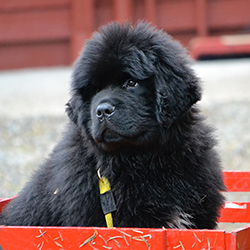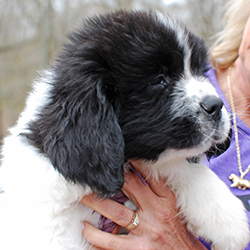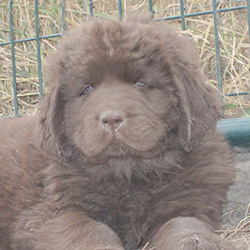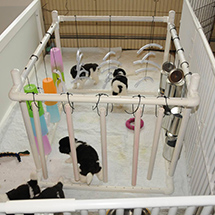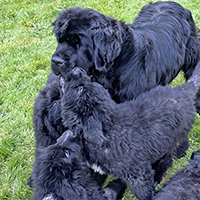Newfoundland Dog Breeder Support Center
Get to Know the Newfoundland
Influential Kennels in Newfoundland History
NCA Breeder Resources
Breeders of Distinction Qualifications
Application to Join the Breeder's of Distinction
Puppy Referral Program Listing
.png)
The AKC Eddy Award recognizes the outstanding breeder education programs and materials developed by the parent club to educate current and future breeders of the breed. Congratulations to all the NCA members who work hard to educate and mentor the next generation of preservation breeders.
Breeder Education
|
|
|
|
|
|
Funded Research
Continuing Education
Newfoundland Conversations - Video Discussions of the Breed Standard
Thinking About Breeding Your Newf?
TAKE OUR QUIZ!Get Social With Us
-
Conformation: Clearly, breeding decisions define the genetic future of the breed. There are no substitutes for direct knowledge and honest evaluation of the dam, stud dog, and their close relatives, particularly any previous progeny. Breeders should strive to be as familiar as possible with the conformation, movement, and temperament of these dogs. Further, less experienced breeders should seek out the opinions of those with greater experience and greater familiarity with related dogs.
-
Temperament: Temperament, no less than conformation, has a substantial genetic component and should be strongly considered in breeding decisions. Outright aggression, whether directed at people or other dogs, must clearly be selected against strongly. Other behavioral traits of the sire and dam, e.g., reactivity, energy level, sociability, trainability, etc., strongly influence the same traits in offspring and must be considered in breeding and the proper placement of puppies.
-
Health Screening: The overall health of a dog or bitch to be used for breeding should be carefully considered. Radiographs of hips and elbows should be evaluated - preferably after two years of age - by a board certified radiologist, hearts examined by auscultation or echo-cardiogram by a board certified cardiologist after one year of age, and the cystinuria genotype determined. * Thyroid, patella, and CERF eye exams are also encouraged. The NCA strongly recommends the results of these examinations be entered into a publicly accessible database.
-
Further, and no less important, is a direct, open discussion between the bitch owner and the prospective stud dog owner regarding these results, and the status of both dogs with respect to health issues for which there are no current screening techniques. To the extent possible, the status of first- and second- order relatives should also be considered since the inheritance of all but cystinuria is considerably more complicated than simple dominant/recessive. This complexity of inheritance also underscores that, in spite of cleared parents, offspring may be affected and breeders should be prepared for that eventuality.
-
Diversity: Breeders should understand that the genetic structure of the breed is a consequence of the combined breeding selections of the population and should weigh the impact of strict selection criteria against the resulting decreases in genetic diversity. Breedings should not be done simply for the sake of diversity or for the sake of matching health clearances. Both parties (owners of stud dogs and dams) should be aware of any deficiencies in the health status of both dogs and be prepared for those to appear in a litter. While breeding close relatives, per se, does not result in loss of population - wide diversity, it does increase the probability that recessive phenotypes, good and bad, will be expressed and, again, breeders should be prepared for that eventuality.
-
Other considerations: Only bitches and dogs in good health should be bred and both, particularly the bitch, should be mature. Stud dog owners have no obligation to service a bitch and should not service bitches about which they have substantial concerns. Breeding stock should be permanently identified.

